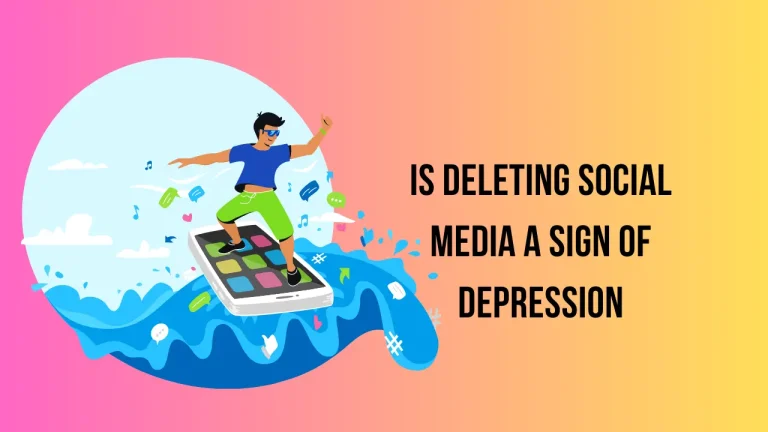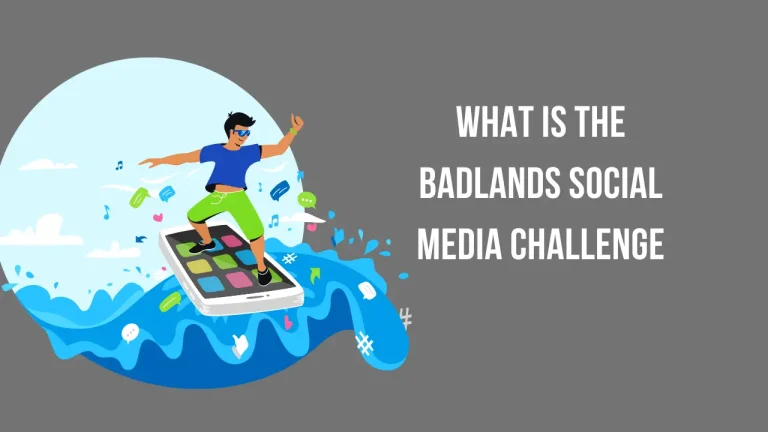What Does Cfs Mean In Social Media
What Does Cfs Mean In Social Media? Are you baffled by the constant stream of acronyms and abbreviations that flood your social media feeds? You’re not alone. In the ever-evolving world of online communication, it can be challenging to keep up with all the shorthand language used by netizens.
One such acronym that has gained popularity is CFS. But what does it mean exactly? CFS stands for ‘Can’t Find Source’ in social media, and it signifies a situation where someone is unable to locate the original or credible source of information shared on various platforms.
As misinformation and fake news continue to spread like wildfire, understanding CFS becomes crucial in discerning reliable information from dubious claims.
In this article, we will delve into the definition, origin, common usage, and impact of CFS in social media. So buckle up as we unravel the mysteries behind this enigmatic acronym!
Key Takeaways

- CFS stands for ‘Can’t Find Source’ in social media.
- It signifies a situation where someone is unable to locate the original or credible source of information shared on various platforms.
- CFS originated in social media as a digital phenomenon that transports users back in time with every scroll.
- CFS enhances social interactions and contributes to a positive experience on social media platforms.
Definition and Origin of CFS in Social Media
CFS, short for ‘Constant Flashback Syndrome,’ originated in social media as a digital phenomenon that transports users back in time with every scroll, like a whirlwind of nostalgic memories. Its origin can be traced back to the rise of platforms like Facebook and Instagram, where users began sharing and consuming vast amounts of personal and cultural content.
Over time, CFS has evolved into an integral part of online communication, impacting how we interpret and understand social media interactions. It has become a way for individuals to connect with their past selves, reliving cherished moments and reminiscing about past experiences.
The cultural implications of CFS in online communication are significant, as it fosters a sense of connection and shared experiences among users. As we delve deeper into the common usage and context of CFS, its influence on our digital lives becomes increasingly apparent.
Common Usage and Context of CFS
Often misunderstood and misused, people are captivated by the power of abbreviations like CFS that create a sense of belonging in the fast-paced digital world. Understanding CFS in online communication is crucial for effective social media interaction. The impact of CFS in social media cannot be underestimated, as it allows users to convey complex ideas quickly and efficiently. It serves as a form of shorthand that fosters efficient communication within online communities. To evoke an emotional response from the audience, let’s consider a table showcasing common examples of CFS and their meanings:
| CFS | Meaning | Example Usage |
|---|---|---|
| LOL | Laughing out loud | That joke was hilarious! LOL |
| OMG | Oh my God | OMG, I can’t believe it! |
| BRB | Be right back | Just need to grab something, BRB |
These examples illustrate how CFS adds depth and nuance to online conversations. Moving on to examples of CFS in social media…
Examples of CFS in Social Media
Misunderstood and misused, abbreviations like LOL, OMG, and BRB have become an integral part of online communication, adding depth and nuance to social media conversations. Another abbreviation that has gained popularity in recent years is CFS. This acronym stands for ‘Can’t Fix Stupid’ and is often used in memes and online gaming communities.
In memes, CFS is typically used as a sarcastic response to someone’s foolish behavior or silly mistake. It serves as a humorous way to acknowledge that some things are simply beyond repair or comprehension.
In online gaming, CFS is often used when players encounter teammates or opponents who consistently make poor decisions or exhibit a lack of skill. It has become a shorthand way to express frustration with the incompetence of others in the virtual realm.
The significance and impact of CFS in online communication goes beyond just entertainment value; it reflects the evolving language and culture of the internet age.
Moving on to the subsequent section about the significance and impact of CFS in online communication…
Significance and Impact of CFS in Online Communication
Imagine a world where online conversations lack the humor, frustration, and cultural references that CFS brings to the table. CFS, or “cultural funny sayings,” plays a significant role in online communication, especially in social media. It adds depth and relatability to discussions, making them more engaging for users. The importance of CFS in online branding cannot be overstated.
Brands that successfully incorporate popular cultural references into their content are often seen as more relevant and appealing to their target audience. This not only helps with brand recognition but also fosters a sense of connection between the brand and its followers. Furthermore, CFS has psychological effects on social media users by creating a sense of belonging and shared understanding within communities.
It allows individuals to express themselves creatively while also feeling like they belong to a larger group of like-minded people. In this way, CFS enhances social interactions and contributes to the overall positive experience of using social media platforms.
| Psychological Effects | Importance in Branding |
|---|---|
| Sense of Belonging | Relevance |
| Shared Understanding | Connection |
| Creative Expression | Brand Recognition |
The significance and impact of CFS go beyond just online conversations; it shapes how we communicate and connect with others in the digital age. As we delve into other popular social media acronyms and abbreviations, you’ll discover how these linguistic shortcuts continue to shape our virtual interactions without missing a beat.
Other Popular Social Media Acronyms and Abbreviations
Get ready to dive into the world of social media acronyms and abbreviations, where you’ll discover how these linguistic shortcuts shape your virtual interactions. In the fast-paced and ever-evolving landscape of social media, acronyms and abbreviations are widely used to save time and convey messages concisely.
Here are some popular social media trends in the form of acronyms and abbreviations that play a significant role in online communication:
- FOMO: Fear Of Missing Out – This acronym highlights the anxiety people experience when they feel excluded from events or activities happening on social media.
- YOLO: You Only Live Once – A phrase often used to encourage taking risks or living life to its fullest.
- ICYMI: In Case You Missed It – Used to share something interesting or important that someone might have missed before.
- TL;DR: Too Long; Didn’t Read – An abbreviation indicating a summary for those who don’t have time or interest in reading lengthy posts.
These acronyms and abbreviations not only save time but also contribute to the impact of social media on mental health by shaping our digital experiences in various ways.
Frequently Asked Questions
Conclusion
In conclusion, understanding the meaning and usage of CFS in social media is crucial for effective online communication.
This acronym, commonly used to denote ‘Can’t F***ing Stop,’ has gained popularity among internet users. It serves as a shorthand way to express excitement or enthusiasm about certain content or activities.
By familiarizing yourself with CFS and other popular social media acronyms, you can enhance your online interactions and stay connected with the ever-evolving digital language.
So, keep up with the trends and embrace the power of abbreviations in your social media conversations!






